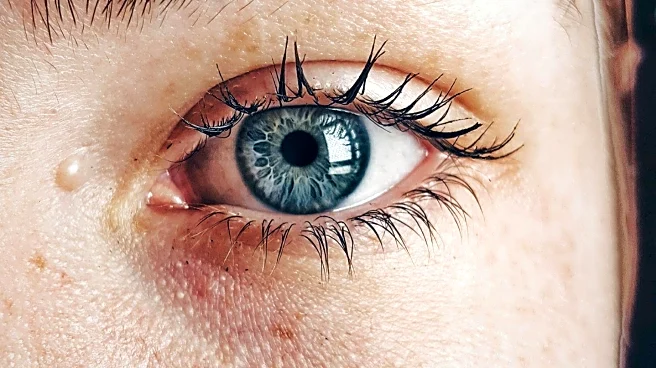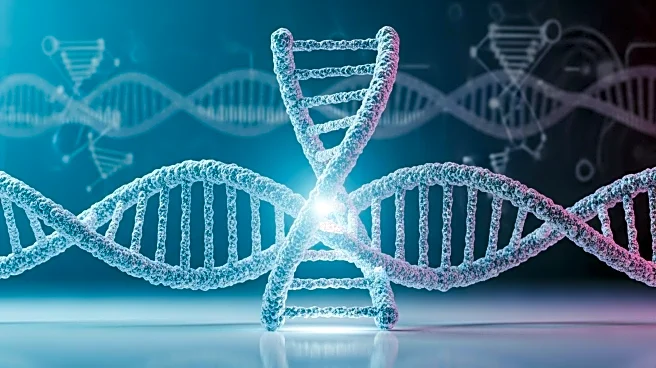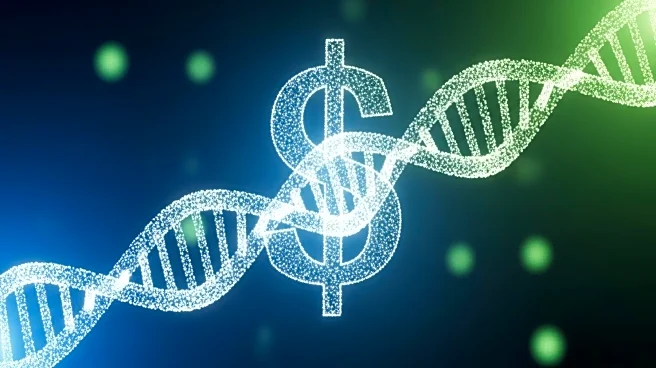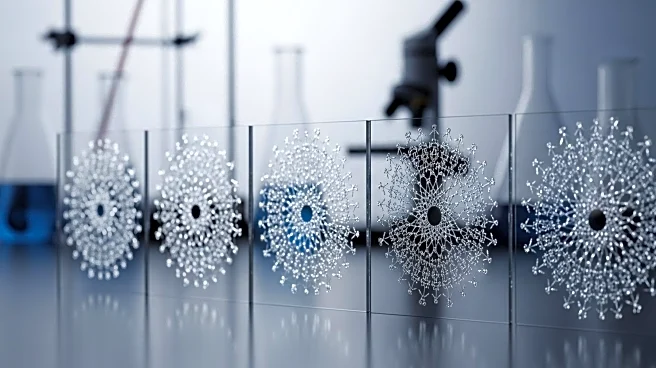What is the story about?
What's Happening?
Dermtech is advancing research in tissue engineering and regenerative medicine, focusing on the skin's natural healing abilities. A recent study published in Nature Communications, led by Kaelyn Sumigray, PhD, and Stefania Nicoli, PhD, has uncovered early steps in how skin stem cells repair tissue. The research highlights the role of basal epidermal stem cells (BECs) in forming a protective skin layer during embryonic development, which accelerates healing. The study used zebrafish embryos to analyze skin organization, revealing that BECs express proteins like collagen and laminin, which influence skin resilience and repair. These findings could inform the development of improved skin grafts for transplantation.
Why It's Important?
The study's findings have significant implications for regenerative medicine and tissue engineering. By understanding the mechanisms of skin stem cell resilience, researchers can potentially develop advanced skin grafts and organ repair techniques. This could benefit patients requiring skin transplants or suffering from skin-related injuries. The ability to guide stem cells to create protective layers could revolutionize treatments for various skin conditions, enhancing recovery and reducing complications. The research also opens avenues for personalized medicine, where stem cells could be directed to protect specific tissues, offering tailored therapeutic solutions.
What's Next?
Future research may focus on applying these findings to human skin cells, exploring how the mechanisms observed in zebrafish can be translated to human tissue engineering. Researchers might investigate ways to activate dormant stem cells in adults to enhance tissue repair and resilience. Clinical trials could be initiated to test new skin graft technologies based on these insights, potentially leading to breakthroughs in regenerative medicine. Collaboration with biotech companies could accelerate the development of commercial applications, making these advancements accessible to healthcare providers and patients.
Beyond the Headlines
The study challenges existing perceptions of stem cell functions, suggesting they have mechanical logic to build protective layers. This could lead to a reevaluation of stem cell properties and their potential applications beyond skin repair. Ethical considerations may arise regarding the manipulation of stem cells for personalized medicine, requiring careful regulation and oversight. Long-term, these findings could influence cultural attitudes towards regenerative therapies, increasing acceptance and demand for innovative medical solutions.
AI Generated Content
Do you find this article useful?













